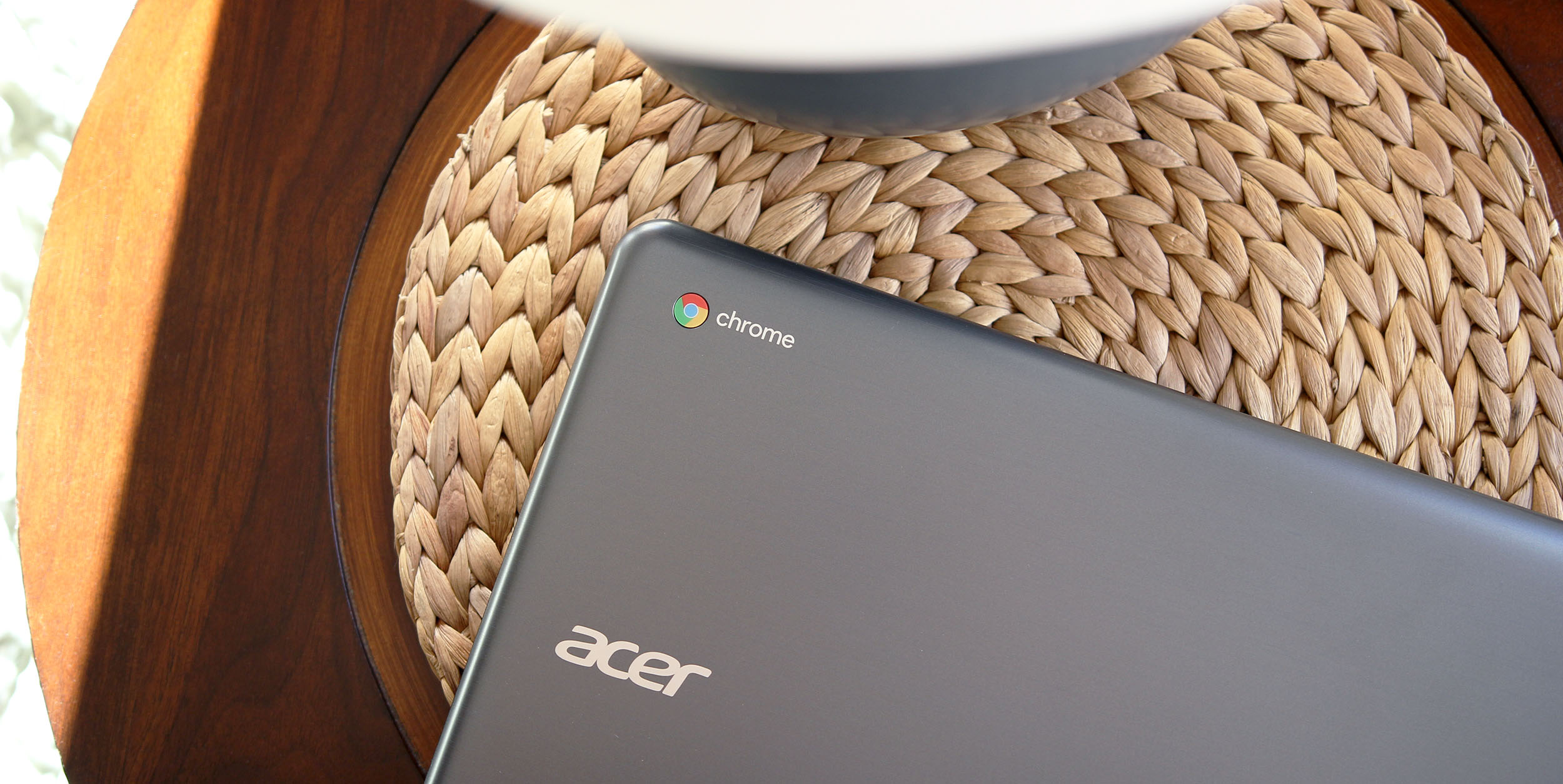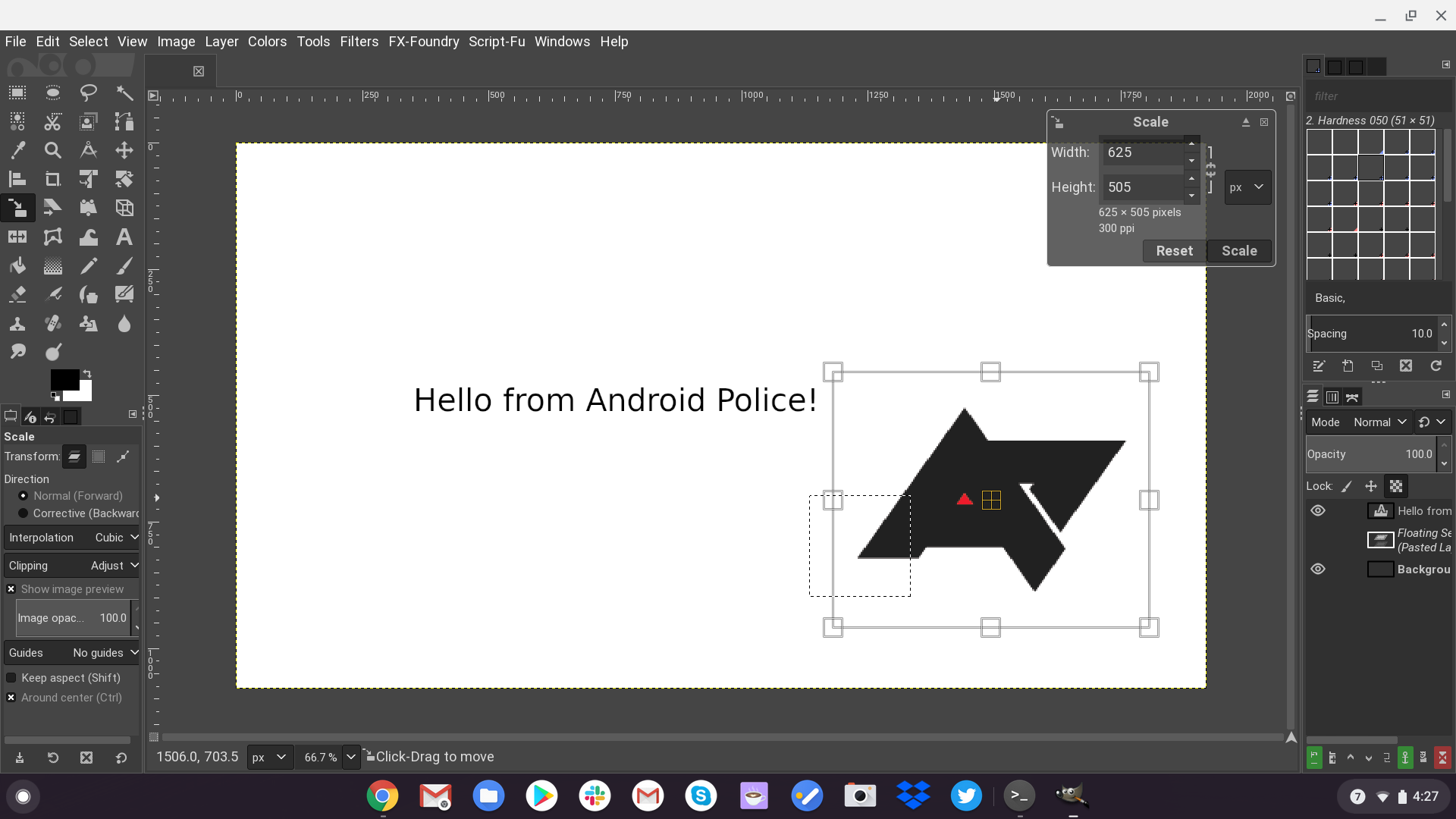
Google Chrome OS is based on the open-source Chromium OS. It is a browser-based operating system. You will only have the Google Chrome web browser installed on it. You can install Chrome web apps or extensions from the Chrome Web Store and add more functionality to the operating system.
In this video I show you how to install Chrome OS on your old Laptop or PC this is not Fade OS or Cloud OS this is Chrome Os and you also get access to Googl. With Chrome OS 77, you also now have secure USB support for Android phones. With this, you can develop, debug, and push your Android Application Package (APK) to Android phones on any of the. Now on startup, if you press Ctrl + L, you will get the BIOS screen instead of Chrome OS. At this stage most of the work is done and all that’s left is to install Linux: Plug in your USB drive into the USB port of your Chromebook. Plug in your live Linux USB into the other USB port. Power on the Chromebook and press. Chrome OS supports installing apps via.deb files which means that you can work with.deb files like you would work with.exe files on Windows. Download the.deb package of the app that you want and move it to the ‘ Linux files ‘ section in your “ Files ” app and double-click on it. Should anything go wrong, you have your restore USB drive. To use this, follow these steps: Boot the machine. When you see Chrome OS is missing or damaged, insert the USB flash drive. Wait for the Chromebook to boot from the flash drive. Follow the instructions for recovery; If you’re looking for a way to supercharge your Acer C720, you now.
Sadly, the Google Chrome OS is not publicly available for download, and only the source code of Chromium OS is publicly available. So, you can’t run the Google Chrome OS or Chromium OS directly on your computer.
Luckily, a few Chromium OS-based operating systems are available that you can download and install on your computer. The most popular one is Neverware’s CloudReady OS.
This article will show you how to make a Live bootable USB thumb drive of Neverware’s CloudReady OS and run it from the USB thumb drive. So, let’s get started.
Abbreviations:
The abbreviations(short forms) used in this article are:
- OS – Operating System
- USB – Universal Serial Bus
- BIOS – Basic Input/Output System
Downloading CloudReady OS:
You can download CloudReady OS from the official website of Neverware.
First, visit the official website of Neverware from your favorite web browser.
Once the page loads, click on CLOUD READY EDITIONS > HOME as marked in the screenshot below.
Click on INSTALL THE HOME EDITION as marked in the screenshot below.

You should see the CloudReady system requirements in the What you need a section of the web page.
At the time of this writing, you need an 8 GB or higher capacity USB thumb drive and a computer to flash the CloudReady image to the USB thumb drive.
Scroll down a little bit and click on DOWNLOAD 64-BIT IMAGE as marked in the screenshot below.
Your browser should start downloading the CloudReady OS image. It’s a big file. So, it may take a while to complete.
Creating a CloudReady OS Bootable USB Thumb Drive on Windows:
You can create a CloudReady OS bootable USB thumb drive on Windows using the official CloudReady USB Maker.
From the page you downloaded the CloudReady OS image, click on DOWNLOAD USB MAKER as marked in the screenshot below.
Your browser should start downloading the CloudReady USB Maker.
Once CloudReady USB Maker is downloaded, run it.
Click on Yes.
Click on Next.
Once you see this window, plug-in the USB thumb drive to your computer.
Click on Next.
Select your USB thumb drive from the list and click on Next.
The CloudReady USB Maker is extracting the CloudReady OS image. It may take a while to complete.
Once the CloudReady OS image is extracted, the CloudReady USB Maker should start flashing the CloudReady image to the USB thumb drive. It may take a while to complete.

Once your USB thumb drive is flashed, click on Finish.
Finally, eject the USB thumb drive from your computer, and your USB thumb drive should be ready.
Creating a CloudReady OS Bootable USB Thumb Drive on Linux:
You can create a CloudReady OS bootable USB thumb drive on Linux using the dd command-line tool.
First, navigate to the ~/Downloads directory as follows:
You should find the CloudReady OS image cloud ready-free-85.4.0-64bit.zip here.
The CloudReady OS image is ZIP compressed. It would be best if you unzipped it.

To unzip the CloudReady OS image cloudready-free-85.4.0-64bit.zip, run the following command:
The CloudReady OS image ZIP file is being extracted. It may take a while to complete.
At this point, the CloudReady OS image should be extracted.
Once the CloudReady OS image zip file is extracted, you should find a new file cloudready-free-85.4.0-64bit.bin in the ~/Downloads directory.
Now, insert the USB thumb drive on your computer and find the device name of your USB thumb drive as follows:

As you can see, I am using a 32 GB USB thumb drive, and its name is sdb. It will be different for you. So, make sure to replace it with yours from now on.
To flash the USB thumb drive sdb with the CloudReady OS image cloudready-free-85.4.0-64bit.bin, run the following command:
$ sudoddif=cloudready-free-85.4.0-64bit.bin of=/dev/sdb bs=4M status=progress
The CloudReady OS image cloudready-free-85.4.0-64bit.bin is being written to the USB thumb drive sdb. It may take a while to complete.
At this point, the CloudReady OS image cloudready-free-85.4.0-64bit.bin should be written to the USB thumb drive sdb.
Finally, eject the USB thumb drive sdb with the following command:
Booting CloudReady OS from USB Thumb Drive:
Now, insert the USB thumb drive on your computer, go to your computer’s BIOS, and boot from the USB thumb drive.
Once you’ve booted from the USB thumb drive, CloudReady should start in Live mode.
Initial Configuration of CloudReady OS:
As you’re running CloudReady for the first time, you have to do some initial configuration.
Click on Let’s go.
You can configure the network from here if you need. Once you’re done, click on Next.
Click on CONTINUE.
Sign in to your Google account from here.
Once you’ve logged in to your Google account, you should see the following window.

Chrome Os For Usb
Click on Get started.
You should see the CloudReady welcome screen. Close it.
CloudReady should be ready to be used. Have fun.
Chrome Os Linux Usb Support
Conclusion:
CloudReady OS is based on the open-source Chromium OS, which Google Chrome OS is also based on. In this article, I have shown you how to make a Live bootable USB thumb drive of CloudReady OS on Windows and Linux operating systems. Now, you should be able to run CloudReady OS from a USB thumb drive.
Download Cr OS Linux
You can download the free Cr OS Linux Live DVD or USB Disk Image below. Burn it, boot it and feel the user experience similar to Google Chrome OS.
826 MB iso, MD5: 39251925cfee3843924b1585024afc76
Hosted by Deposit Files | Download from mirror | Download torrent file (magnet link)
976 MB tar.gz (3.9 GB unpacked), MD5: 140cee1999105f63a1faf5a06c94b257
Hosted by Deposit Files | Download from mirror | Download torrent file (magnet link)
Usb Linux Chromebook
Previous versions:
Chrome Linux 2.3.1255 Live CD (mirror)
Chrome Linux 2.3.1255 USB Disk Image (mirror)
Chrome Linux 2.2.1226 Live CD (mirror)
Chrome Linux 2.2.1226 USB Disk Image
Chrome Linux 2.1.1145 Live CD (mirror)
Chrome Linux 2.1.1145 USB Disk Image
Chrome OS Linux 1.9.1077 Live CD
Chrome OS Linux 1.9.1077 USB Disk Image
Chrome OS Linux 1.8.1017 Live CD (mirror)
Chrome OS Linux 1.8.1017 USB Disk Image (mirror)
Chrome OS Linux 1.7.963 Live CD (mirror)
Chrome OS Linux 1.7.963 USB Disk Image (mirror)
Chrome OS Linux 1.7.932 RC Live CD (mirror)
Chrome OS Linux 1.7.932 RC USB Disk Image
Chrome OS Linux 1.6.899 RC Live CD
Chrome OS Linux 1.6.899 RC USB Disk Image
How to install:
Download the iso file and burn it into a DVD-R or download the tar.gz file, unpack it and write to an empty USB drive. Boot the computer from it and when Cr OS Linux is loaded, click Live Installer on the desktop. Follow the instructions on the screen.
User password: user
Root password: root
If you have any questions or feedback, contact us.
